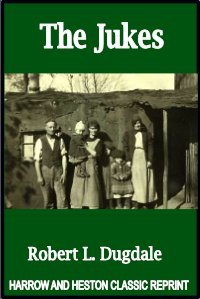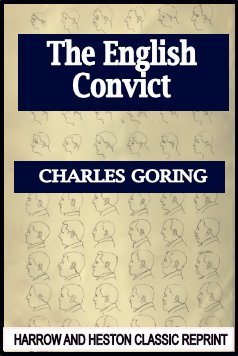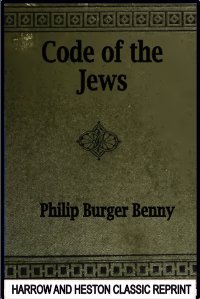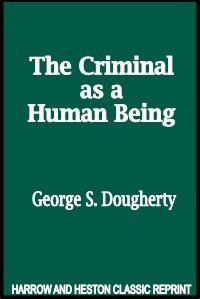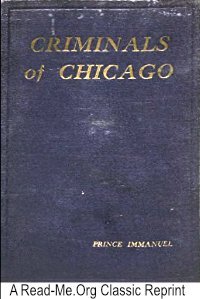By Moritz Benedikt and Edward P. Fowler.
Anatomical studies upon brains of criminals: a contribution to anthropology, medicine, jurisprudence, and psychology. “An inability to restrain themselves the repetition of crime, notwithstanding …the superior power of he lazy society, and a lack of sentiment of right and wrong…”
Harrow and Heston Classic Reprint. 1878. 204 pages.








